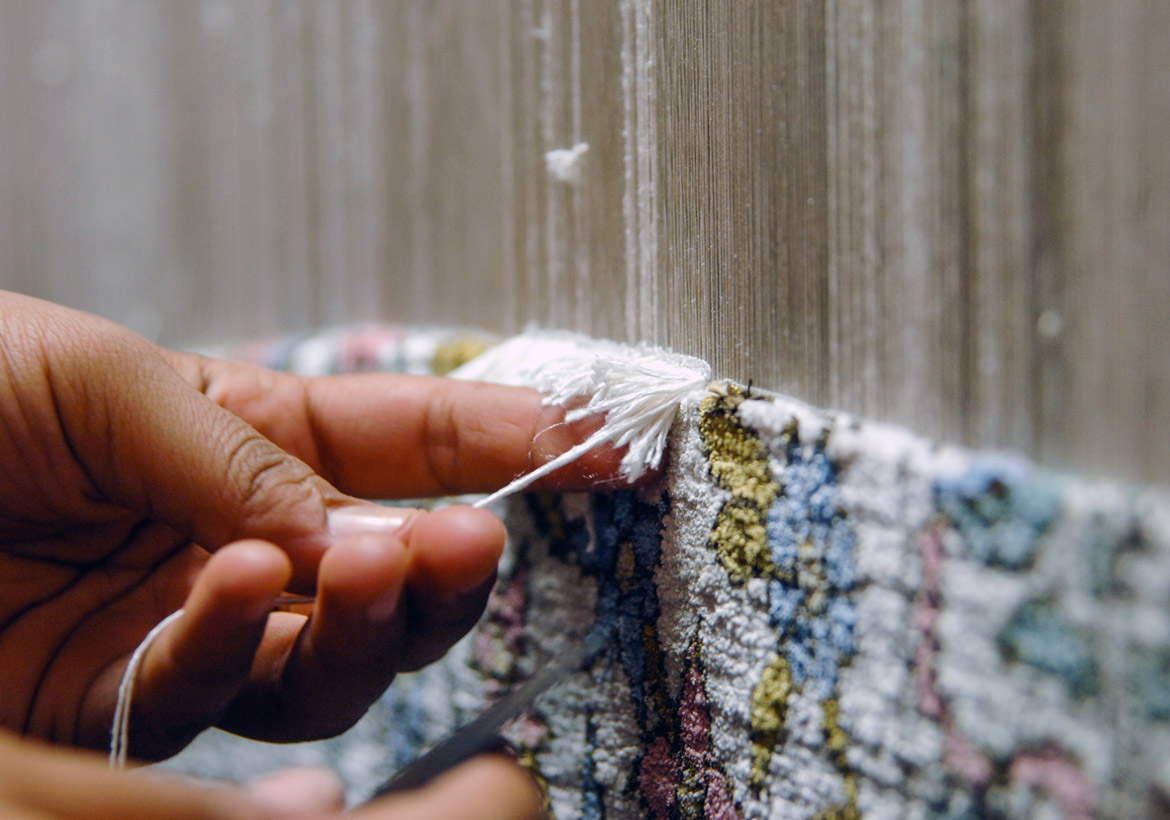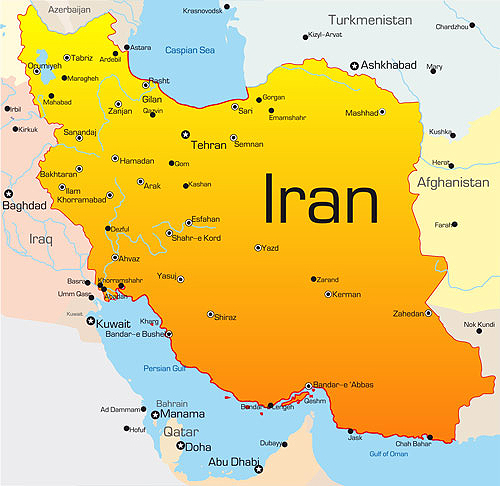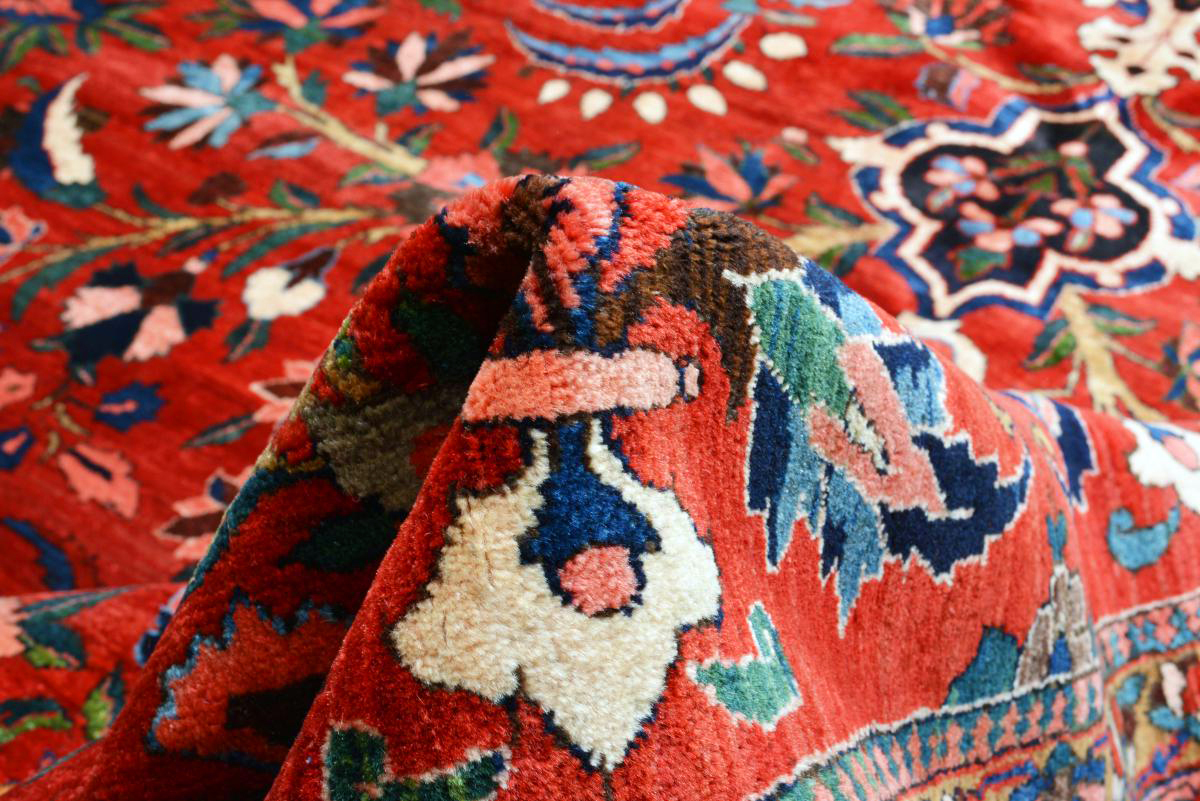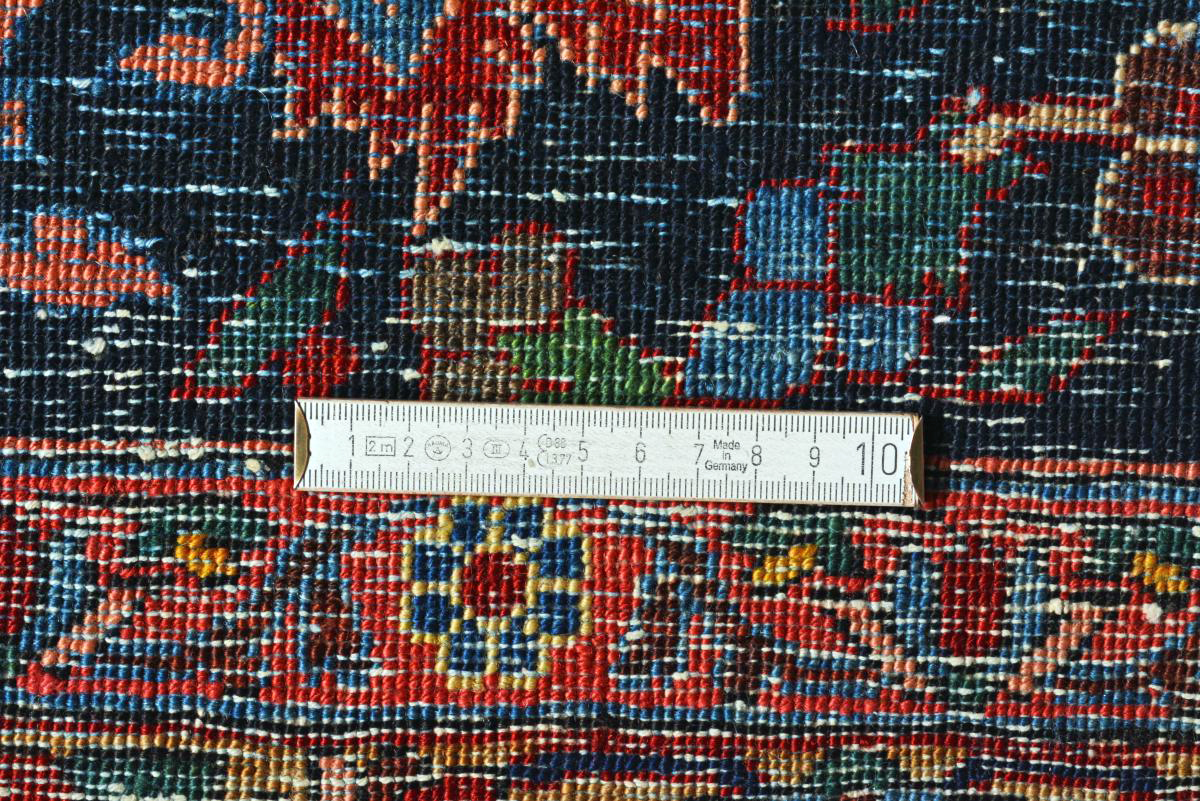
Nowadays, most carpets are industrially produced. In contrast to these machine-made carpets, Persian carpets knotted by hand reach an extremely high knot density, which increases the lifetime and decreases the sensitivity to dirt. The historic craft of knotting carpets is a craft of calmness, serenity, precision and attention to detail. Of course, hand crafting comes with a higher price - for some carpets their production takes more than a year of hard work. In addition to that, rising wages and material costs lead to higher prices of the products. That is exactly why a real oriental carpet is an investment with gain in value over time.
Many centuries ago nomadic people began producing carpets for daily use. Inside their tents they used them as blankets, wall decorations or on the floor for seating purposes. Carpet knotting is taking root in pre-Christian era of the Orient. In the following periods carpets, being status symbols, were knotted by hand in almost all countries of the ancient world. It was in the Middle Ages, where these valuable carpets found their way into Europe - more precisely, into the houses of rich tradesmen or into palaces of great rulers. Still today, oriental carpets and especially Persian carpets are a precious commodity worth its price. Once, an old Persian carpet from Kashan - an Iranian provenience of carpets - has been auctioned for incredible 7 million EUR at Christie's.
Oriental carpets are knotted by hand on looms and they are differing from machine-made ones in quality and durability. Loosely speaking, there are two different types of oriental carpets: vertically knotted and horizontally woven ones. First ones are carefully and finely knotted. Thereby warp threads are worked in lengthwise and the weft threads across. The knotter then knots around warp and weft so that the desired patterns arise. In contrast to that, kilims are flat woven on horizontal looms. These carpets, made by nomads, are usually coarser and flatter, and they look the same from both of their sides, so that each side can be used. If a carpet is finished, it is sheared into uniform length. In addition to that, it will be cleaned, before bringing it into the market.
Today, oriental carpets are made all over the Orient, including China. The most luxurious ones come from Iranian proveniences. Persia offers the most popular and most valuable oriental carpets. From Isfahan, Kashan or Nain for example come world-famous carpets. Other regions offer great carpets, too. Hand knotted oriental carpets are known and loved worldwide for their durability, value and character. It is hard for laymen to distinguish hand knotted carpets from machine-made ones. Nain Trading offers only hand knotted originals, so that you don't need to worry about buying an imitate. As a traditional family business, we are in permanent contact to carpet knotters and that's why we know everything about any of our carpets.

In early days, knotters used sheep wool of their own herd of sheep. Nowadays they use imported wool, too. Of course, you will have differences in the quality. In particular, fine carpets are made of so called new wool, which is shorn from the neck of the sheep. Also, cotton is used, but the finest carpets are made of silk. Rare silk carpets of the Iranian region Qom are famous. They can reach very high prices that amaze even real collectors.
There is a variety of motifs and patterns on oriental carpets. Traditional patterns are such as ornaments or floral and geometric designs, knotted all-over and surrounded by beautiful borders. Classic midfield-medallions are popular, too. There is an endless abundance of patterns and colours, that are decorating oriental carpets. The knotters only have one limit: their imagination. Some of the most popular patterns are the Herati pattern - a diamond surrounding a rosette - and the Boteh pattern, which looks like a swung almond. The whole colour spectrum finds itself on oriental carpets. Red, blue and beige shades are the most traditional ones. Real carpets from the orient are costly coloured with natural dyes. Synthetic colours can be found on cheaper pieces, but they have a lower colour depth. Thus, original Persian carpets aren't just of high durability, but also have an amazing colour depth.

Firstly, you might want to choose a trustworthy dealer with known certificates. In addition to that, check the carpet carefully. Are there any damages or mistakes on the carpet? If so, it could indicate that you chose an authentic oriental carpet. Machine-made carpets often are error-free. In addition to that, some of the cheap carpets have their fringes sewed on at the ends of the carpet. Another hint of authenticity can be found in the width of the carpet. Real Persian and oriental carpets often show differences in their width - that's because the knotters only work with their hands, for months. Also, a view on the back of the carpet should tell you a lot about itself. Thus, you can count the number of knots per square meter on hand knotted carpets. With that amount you can determine the fineness and the effort made for the oriental carpet, which leads you to the value.
To play it safe, buy your carpet from an experienced dealer, which works at the market not just for a few days. Choose someone, who can help you with his expertise and with that you'll make sure to buy the right one at the right place.

Here you can choose which data may be collected during your stay on our website.
We collect data during your visit in order to show you relevant content about products. For example, we use information about previous purchases and your interactions with our site to select content that is relevant to you. We may share this information in encrypted form with third parties such as Facebook and Google. This allows us to show you relevant advertising on the websites and apps of third parties.
This data helps us to make shopping with us better for you, avoid mistakes and test new functions. It also helps us analyze the experience on our site and in our shop for business relevance.
The data collected by these cookies is used as prerequisite to enable the technical functioning of the website. This is the only way to provide you with shopping functions and make shopping safe. Therefore, this function must always be switched on.